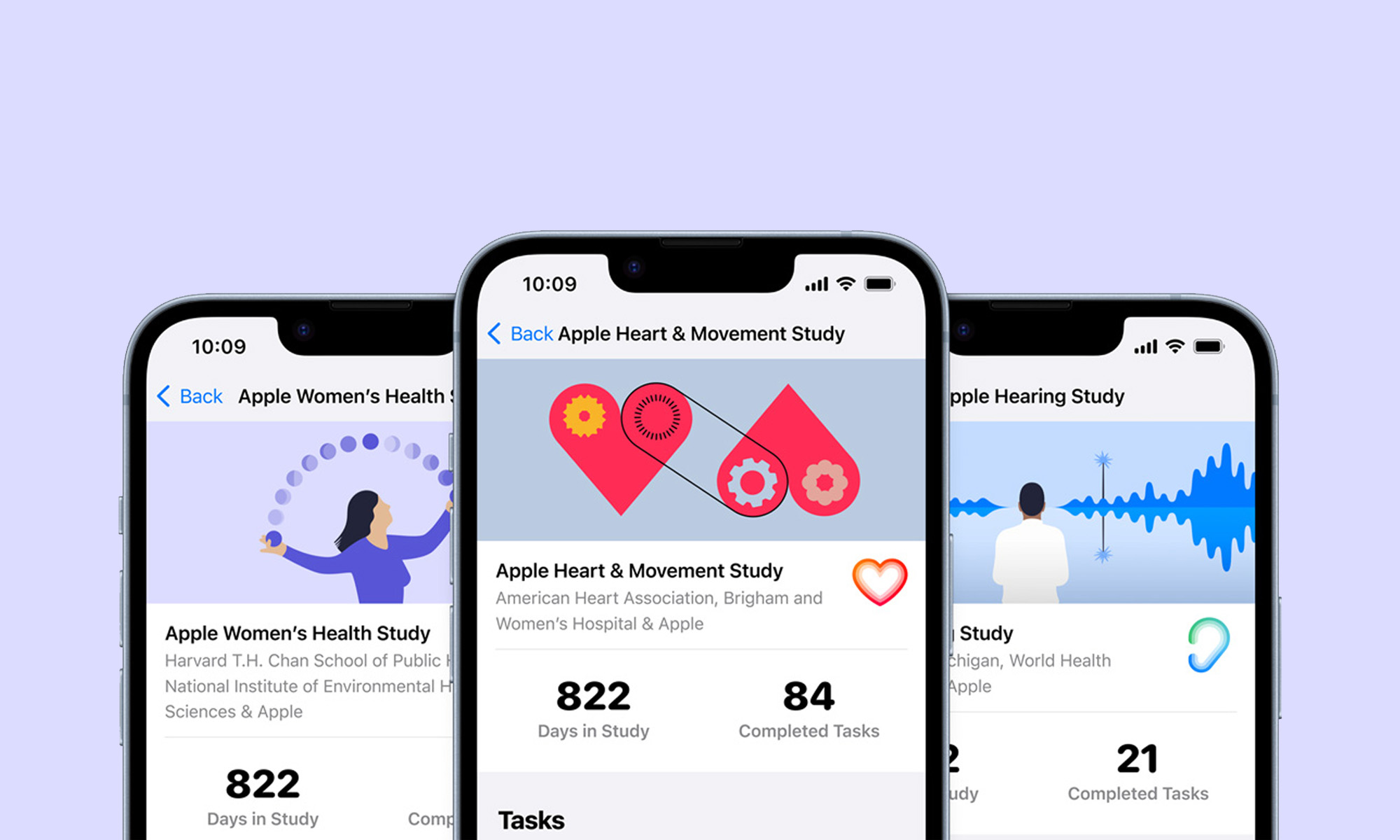News
Apple Rumored To Be Trialing Blood Glucose Management
The Cupertino company is reportedly exploring the benefits for pre-diabetic users, though public release plans remain uncertain.

Apple is reportedly exploring new ways to monitor blood glucose levels, this time focusing on software-based solutions. According to Bloomberg’s Mark Gurman, Apple has already tested an app specifically aimed at helping pre-diabetic users manage diet and lifestyle choices. While Apple currently has no plans to launch the app to the public, it may influence future health-focused offerings.
The app was reportedly tested internally, with Apple identifying potential employee test subjects using blood test data. Participants were chosen if they were at risk of developing Type-2 diabetes and given software to actively monitor their blood sugar via various devices available on the market, logging glucose changes in response to their food choices. The app tracked these trends, correlating dietary adjustments to blood sugar levels.
Gurman mentions that Apple has since paused the app’s testing to concentrate on other health-related features. Apple’s Health app currently lacks a meal tracking feature — something that’s readily available on competing platforms. The report also suggests Apple could eventually integrate third-party glucose-tracking capabilities into its own ecosystem.
Also Read: Apple Watch Gets UAE Approval For Sleep Apnea Detection
The recent experiments by Apple are said to be separate from the company’s long-term goal of developing a non-invasive method for monitoring blood glucose levels — a project that has been under exploration for around 15 years. Apple’s current prototype device for non-invasive glucose monitoring is reportedly about the size of an iPhone and uses laser technology to penetrate the skin with light.
Gurman speculates that Apple’s initial consumer version may take the form of an alert system that notifies users if they are at risk of pre-diabetes, with specific blood glucose level readings possibly arriving in later versions of the device.
News
Google Releases Veo 2 AI Video Tool To MENA Users
The state-of-the-art video generation model is now available in Gemini, offering realistic AI-generated videos with better physics, motion, and detail.

Starting today, users of Gemini Advanced in the MENA region — and globally — can tap into Veo 2, Google’s next-generation video model.
Originally unveiled in 2024, Veo 2 has now been fully integrated into Gemini, supporting multiple languages including Arabic and English. The rollout now brings Google’s most advanced video AI directly into the hands of everyday users.
Veo 2 builds on the foundations of its predecessor with a more sophisticated understanding of the physical world. It’s designed to produce high-fidelity video content with cinematic detail, realistic motion, and greater visual consistency across a wide range of subjects and styles. Whether recreating natural landscapes, human interactions, or stylized environments, the model is capable of interpreting and translating written prompts into eight-second 720p videos that feel almost handcrafted.
Users can generate content directly through the Gemini platform — either via the web or mobile apps. The experience is pretty straightforward: users enter a text-based prompt, and Veo 2 returns a video in 16:9 landscape format, delivered as an MP4 file. These aren’t just generic clips — they can reflect creative, abstract, or highly specific scenarios, making the tool especially useful for content creators, marketers, or anyone experimenting with visual storytelling.
Also Read: Getting Started With Google Gemini: A Beginner’s Guide
To ensure transparency, each video is embedded with SynthID — a digital watermark developed by Google’s DeepMind. The watermark is invisible to the human eye but persists across editing, compression, and sharing. It identifies the video as AI-generated, addressing concerns around misinformation and media authenticity.
While Veo 2 is still in its early phases of public rollout, the technology is part of a broader push by Google to democratize advanced AI tools. With text-to-image, code generation, and now video creation integrated into Gemini, Google is positioning the platform as a full-spectrum creative assistant.
Access to Veo 2 starts today and will continue expanding in the coming weeks. Interested users can try it out at gemini.google.com or through the Gemini app on Android and iOS.



























